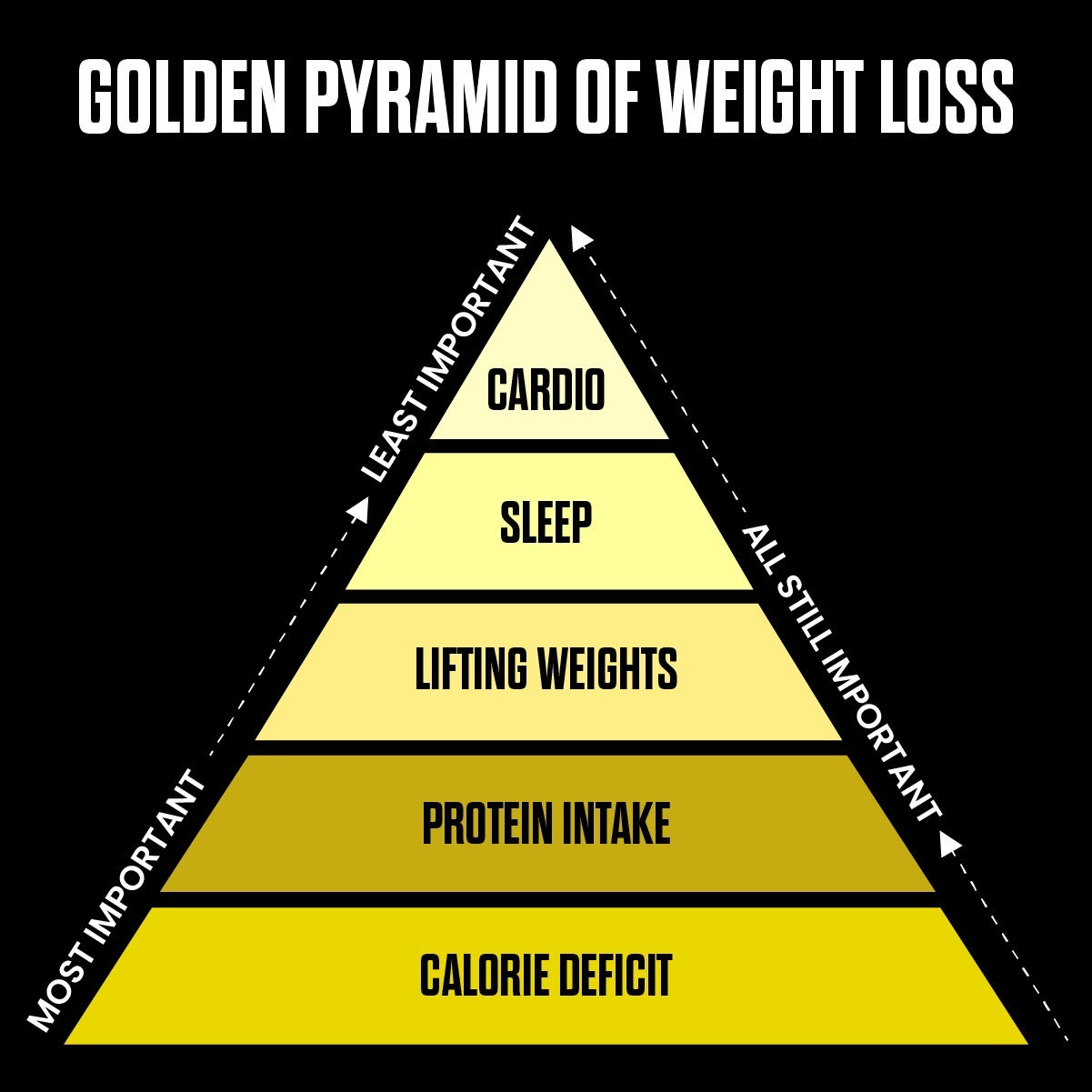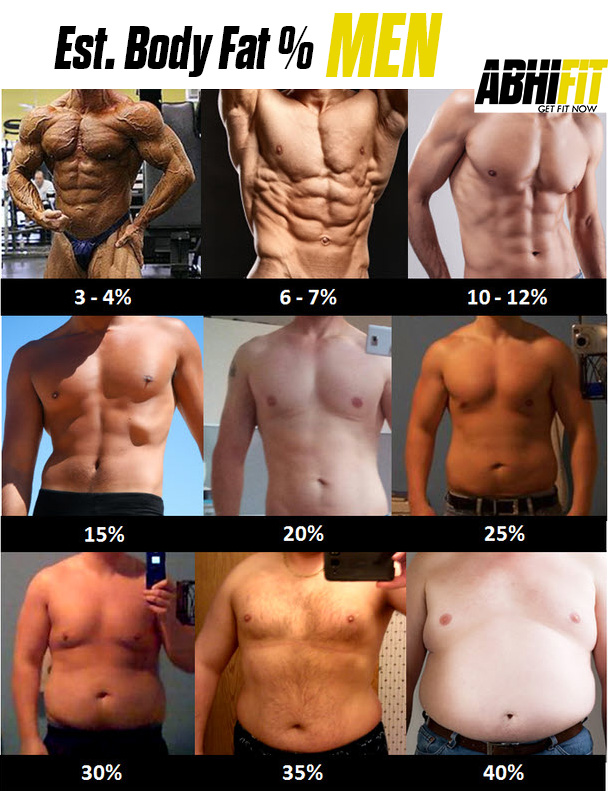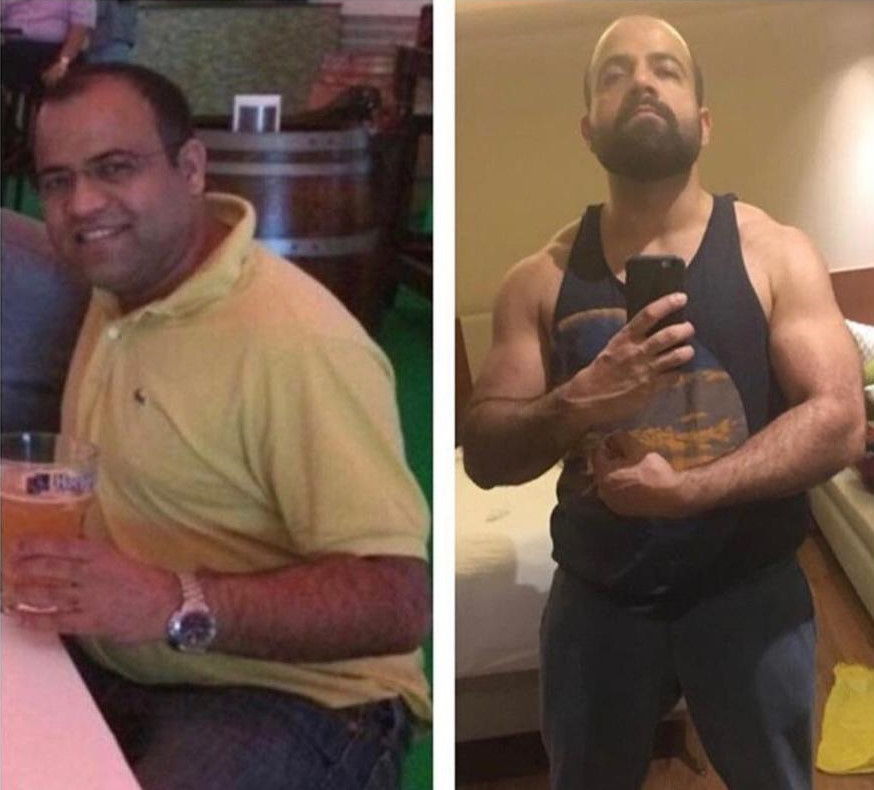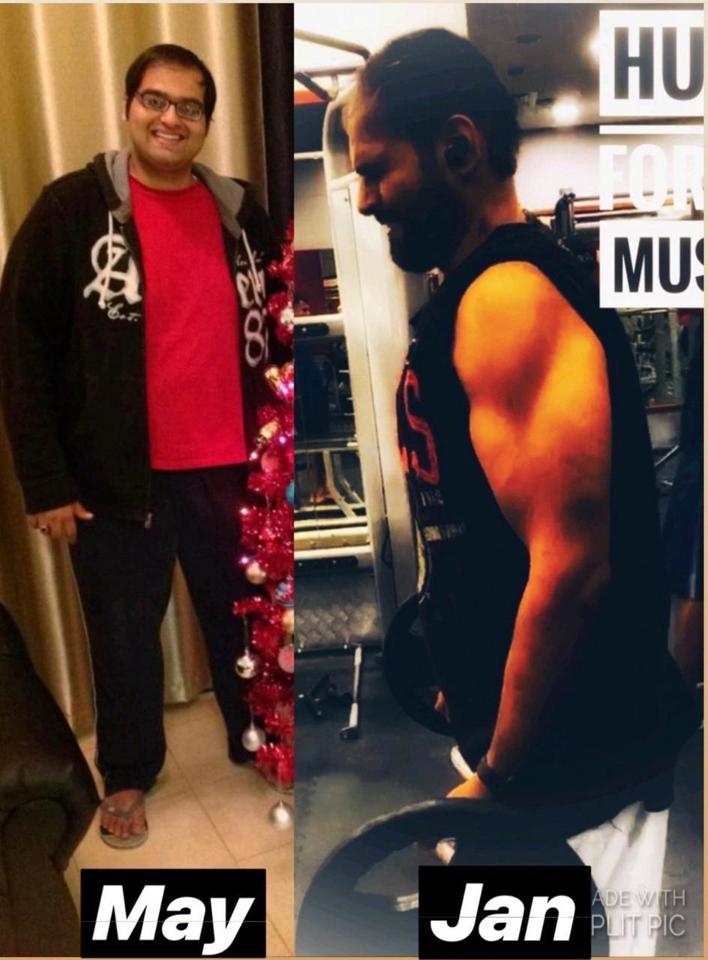CALCULATE YOUR TDEE
Top Personal Trainer in UAE
Science of Fat Loss using TDEE
TDEE Calculator
Your Maintenance Calories
1,755
calories per day
12,285
calories per week
Based on your stats, the best estimate for your maintenance calories is
1,755
calories per day based on the Mifflin-St Jeor Formula, which is widely known to be the most accurate.
The table below shows the difference if you were to have selected a different activity level.
| Sedentary | 1,755 calories per day |
| Light Exercise | 2,011 calories per day |
| Moderate Exercise | 2,267 calories per day |
| Very Active Exercise | 2,523 calories per day |
| Extremely Active | 2,779 calories per day |
Don’t know your Body Fat %? Estimate it using below reference image:
Contact Abhinav With Your TDEE Score

What are the components of TDEE?
TDEE in layman terms
‘Total Daily Energy Expenditure’ (TDEE) is the amount of energy, i.e. calories, your body burns in a day to perform its bodily functions, physical movement like daily activities and exercise.
How is TDEE calculated
TDEE is a sum of 4 components: Basal Metabolic Rate (BMR), Non-Exercise Activity Thermogenesis (NEAT), Exercise Activity Thermogenesis (EAT) and Thermic Effect of Food (TEF).
BMR & TDEE
BMR (Basal Metabolic Rate) – This is how much energy (calories) your body burns at rest. It’s the energy required to support your vital body functions. It’s around 70% of TDEE.
NEAT & TDEE
NEAT (Non-Exercise Activity Thermogenesis) – This is the energy (calories) burnt outside of your workouts, eating or sleeping. From walking, fidgeting and typing to cooking etc. It’s around 15% of TDEE.
TEF & TDEE
TEF (Thermic Effect of Food) – This is energy (calories) required for digestion, absorption and disposal of what you eat. It’s around 10% of TDEE.
EAT & TDEE
EAT (Exercise Activity Thermogenesis) – This is the energy (calories) what you burn during workouts. It’s around 5% of TDEE.


So what determines TDEE?!
AGE & TDEE
Age plays a small role in TDEE. In general, the older people have lower BMR. And the lower the BMR, the lower is TDEE (in most cases). Since it is the lean mass that burns calories and with age one tends to lose lean mass hence as one gets older fewer calories are burnt for the same body weight and exercise level. Hence, the TDEE may drop as one gets older.
BODY SIZE & TDEE
Bigger bodies have more lean mass and we know that lean mass burns more calories. Therefore, the bigger the body, the higher the TDEE. It tends to scale with the body size including height and weight. Also moving a bigger body burns more calories. This is the reason that to predict TDEE with better accuracy an estimate of one’s current body fat is required, which helps to predict lean body mass.
PHYSICAL ACTIVITY & TDEE
Physical activity burns more calories and thus it affects TDEE. But its effect may be smaller in certain instances. This is so when one becomes lazier after exercise and moves around a lot less after exercise than normal then NEAT levels drop, and fewer calories are burnt as a consequence of more exercise.
GENDER & TDEE
Women have approximately 12% higher body fat levels than men and hence, for the same body weight, a female has less lean mass than a male and thus lower TDEE as compared to a male.
ANY QUESTIONS SO FAR?
Contact Abhinav to learn how you can lose fat, gain muscles and transform your body in a scientific way using TDEE and our many years of expertise in exercising & nutrition.

That's useful! So how to calculate & use TDEE?
Your daily calorie intake requirement to maintain your current weight based on your TDEE (Total Daily Energy Expenditure) is calculated using your BMR (Basal Metabolic Rate). BMR is the number of calories required to keep your body functioning at rest.
To calculate BMR, we use the THE KATCH MCARDLE FORMULA which says BMR = 370 + (21.6 X Lean Body Mass [kg])
And, Lean Body Mass = Body Weight * (100 – Body Fat Percentage)
To measure Body Fat Percentage, there are several ways or you can visually estimate it.
EARLIER we used to use these 2 formulae to calculate BMR, in [kcal / 24hrs] for men and women respectively:
BMR for Women = 655.1 + (9.563 * weight [kg]) + (1.85 * size [cm]) − (4.676 * age [years])
BMR for Men = 66.47 + (13.75 * weight [kg]) + (5.003 * size [cm]) − (6.755 * age [years])
Now that you can calculate your BMR, you can calculate your daily calories requirement to maintain your current based on your TDEE with this Harris Benedict scientific formulae:
For sedentary lifestyle (little or no exercise) = BMR x 1.2
For lightly active lifestyle (light exercise / sports 1-3 days a week) = BMR x 1.375
For moderately active lifestyle (moderate exercise / sports 3-5 days a week) = BMR x 1.55
For very active lifestyle (hard exercise / sports 6-7 days a week) = BMR x 1.725
To save your time, you can use our calculator above!
Now if you want to lose fat or gain muscles then you have to figure out what should be your daily calorie intake and also what all you should eat and when. This is where you need the expertise of a personal trainer!
You’re welcome to contact Abhinav to learn from his years of expertise on what, when and how much to eat to achieve your fat loss, muscle gain and body transformation goals well.
If you’re more scientifically and technically inclined then please continue reading below on how the TDEE calculations can be used to lose fat.
See this TDEE based calculation for fat loss!
Like I shared above, you’ll need to adjust your daily calorie intake to lose fat. And it should be obvious that you’ll need to eat fewer calories in a day than the daily calories required to maintain your current weight.
This will force your body to draw energy from its fat stores to compensate for the calories it needs which you’re not eating each day. Doing this over a longer duration will make you lose body fat.
It is the expertise of your personal trainer which will greatly help you to decide how many calories you should reduce per day and by making what changes to your diet.
Let’s say a female requires 2400 calories to maintain her current body weight. And she wants to lose fat.
Her personal trainer assesses her to decide that a good daily caloric deficit for her is 20% to achieve her fat loss goal in her desired time frame.
20% of 2400 calories is 480 calories.
So her daily calorie intake becomes 2400 – 480 = 1920 calories.
A rule of thumb is that 0.45 kg of fat equals approximately 3500 calories.
3500 calories / (480 calories a day) = 7.29 days.
At a daily 480 caloric deficit, she would lose around half a kg of fat in around week of time.
She can continue to keep losing fat by keeping herself caloric deficit. However, it is not so straightforward since she also needs to remain healthy while doing this.
Now that she knows the calorie intake required for her fat loss goal, she needs to set her macros.
Her macros are assessed by her personal trainer having expertise in nutrition and yours can be different.
Her personal trainer assesses the following for her.
Protein intake: 2.2 grams per kg of her bodyweight
Fat intake: 0.5 to 1.1 grams per kg of her bodyweight
Carbohydrates intake: The number of calories remaining after her protein and fat requirements are met.
Her personal trainer calculates the total grams of proteins, fats and carbohydrates required by her in a day based on the above break up and also advises her on what she can eat and when to keep herself healthy while working on her fat loss goal.
A point to note is that the TDEE and BMR calculations are estimates. If you find that you’re not losing weight based on your calculations then reduce another 100 calories from your daily calorie intake and assess progress over the next week.
However, if you’re losing more than 0.45 kg weight per week then add 100 calories back to your diet and assess progress over the next week. Losing too much weight too fast most likely also results in muscle loss and which we don’t want to happen as part of our fat loss efforts.
Remember These 5 Fundamental Rules of Weight Loss!












